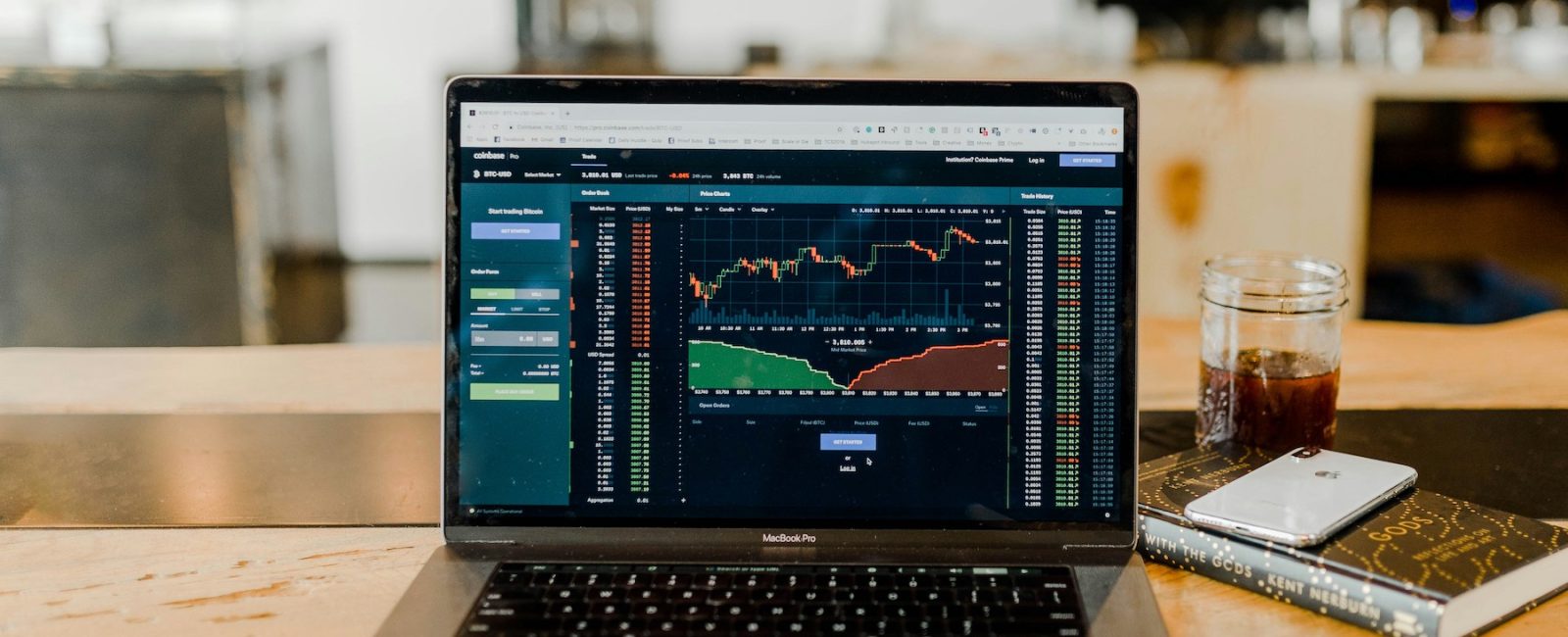
Much has been made of the disparate level of market insights institutions like hedge funds possess compared to their smaller scale and retail counterparts on Wall Street, but how do fund managers use big data insights to gain an advantage in identifying opportunities?
Wall Street is already in the midst of a big data explosion. The battle to refine investment strategies and maximize yield potential in the pursuit of alpha has meant that seamless access to actionable insights has become imperative throughout several markets.
The US big data analytics market is expected to reach a value of $248.89 billion by 2032, and the technology’s utilization throughout financial markets is anticipated to become one of the most lucrative use cases for the emerging technology.
With the help of artificial intelligence to curate unstructured data into actionable insights, masses of information surrounding retail transactions and even crop performance can be converted into major prompts for portfolio diversification and exposure levels among some of the world’s largest institutions.
But how are hedge funds using this data? And is it really helping to carry a revolutionary impact on the accuracy of their decisions? Let’s take a deeper look at Wall Street’s big data boom and what it means for the investing landscape:
Next-Generation Portfolio Management
The masses of data that hedge funds possess directly impact trades and investment decisions. Collected from multiple divisions, funds, and investment groups, these insights can improve portfolio management at scale while uncovering a more focused approach to mitigating risk.
For more data-focused institutions, keeping on top of risk involves data analysis, modeling, and reporting to forge actionable insights throughout firms.
With the rise of AI Market Analytics (AIMA), which is capable of drawing on complex trends and events through integrated platforms to deliver customized portfolio management tools and reports, we can see real-time access throughout businesses and data warehouses for a mass financial data repository to access investment insights to improve growth prospects.
It may be one thing to have access to masses of actionable data across multiple sources, but putting it into action quickly is another matter entirely, which is why more prime services for hedge funds are becoming increasingly sought-after for Direct Market Access (DMA) and advanced trading algorithms.
The Rise of Alternative Data
Let’s explore some use cases of how big data is improving hedge fund decision-making. One example of where these insights are making a major impact is in the energy sector.
Investments in energy stocks are growing in the US despite a lack of transparency within the industry. Although oil companies don’t convey instances of refinery outages to the public, and with reporting surrounding oil inventory levels occurring on a weekly basis at best, hedge funds are turning to alternative data to gain more precise real-time information to uncover new opportunities.
Using satellite imagery can help hedge funds understand exactly how different commodities are performing to shape investment strategies.
The emergence of SkyFi, possessing a network of 90 satellites to monitor the world’s energy utilities and an AI framework capable of identifying the component data of thousands of high-resolution images, is one example of the greater access to data that hedge funds are utilizing for faster decision making throughout the industry.
These images help to provide insights into oil storage capacity on a global scale, paving the way for quality reporting on future gas prices, buybacks, bidding wars, and even inflation to shape short-term and long-term investment decisions.
Satellite imagery has also been utilized to monitor crop performance and retailer parking lots to gain a cutting-edge ahead of other institutions.
CNN has also reported that in the past that a large hedge fund opted to fly a drone over lumberyards to assess whether lumber prices were about to crash due to excess inventories in the wake of a railway strike.
Synthetic Analysis
Hedge funds also use big data to stress test hypothetical scenarios, assessing the impact of various risk factors that could hinder the performance of investment strategies.
Using synthetic data, it’s possible to craft sophisticated frameworks that can make intelligent assessments related to the risks posed to different investments, helping to devise plans on how to react to various scenarios occurring.
As Donald Trump prepares for his second term in the White House, we’re likely to see more hedge funds develop synthetic analysis strategies to assess the impact of the proposed implementation of tariffs on international trade, and how different rates could change the level of risk and opportunity associated with various investments.
The Age of AI on Wall Street
The emergence of artificial intelligence and its use cases on Wall Street will shape the future of institutional investing and we can expect multiple areas of the industry to fundamentally change as part of the AI boom.
In terms of data analysis, we will see more hedge funds turn to alternative data sources, with AI and automation technology converting breaking news and analyzing it in real-time to deliver informed investment decisions.
These decisions will not only use synthetic modelling to assess risk but will automatically consider the risk appetite and sustainability commitments of the institution in question to keep its trading goals consistent with the expectations of clients and stakeholders.
The big data revolution on Wall Street is set to change the way hedge funds make their decisions forever, and it’s only just getting started.












